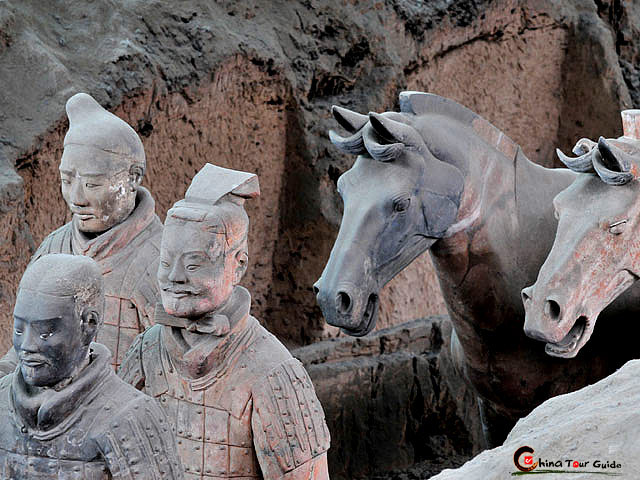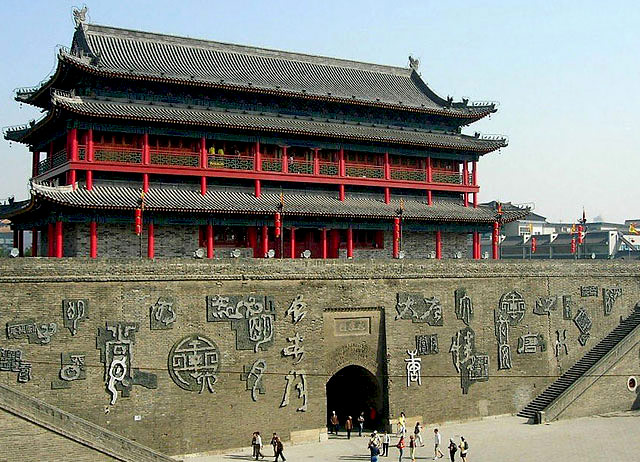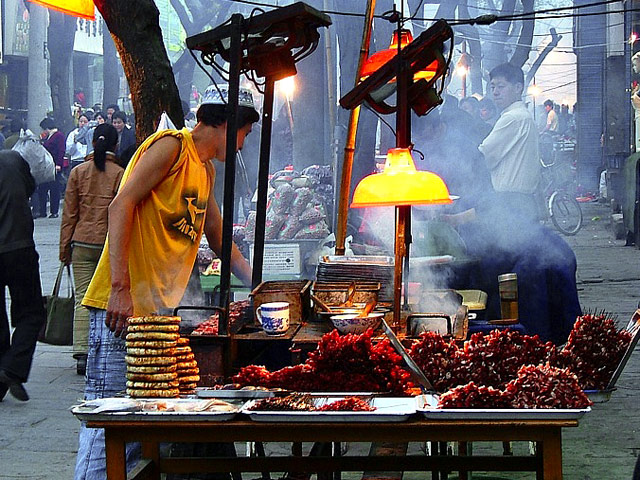Xi'an's history can be as old as China's itself. The Xi'an area has been the center of power of the very first Chinese dynasties, so when it arrived at the height of the glory within the 9th century years AD, Xi'an (next called Chang'an) ended up being one of the greatest metropolitan areas in the world.
The story begins with a number of China's most significant Neolithic excavations, that were carried out in the Xi'an area. The written records for the region can go back to the Zhou empire : theZhou capital was located in the north west of present-day Xi'an, this also was the site of the capital under the Qin empire, when the area was named Xianyang. The Qin empire was the first one to unify China, and the Qin emperor Qin Shihuang (260-210 BC), while the ruthless tyrant, was also a determined builder and administrator. He is best recalled for leaving Xi'an's most famous attraction: the army of 8,000 Terracotta Warriors.
In 202 BC, the city on the site of present-day Xi'an had been designated the capital of the Han Empire, and was called Chang' an, a name it absolutely was to hold on / off for over One thousand years. It was at this time the ancient city walls of Xi'an were first built. It was also throughout the Han dynasty that the city started to be established as the starting point of the Silk Route, the ancient caravan trail that related China with European continent; this was to provide Xian enormous influence and wealth, and make the city a crossroads of language, culture and faith.
In 25 AD the seat of government was moved east to Luoyang, but under the Sui empire the emperor bought a new urban center built south east of the old Han capital, and referred to it Daxing, ''Great Excitement''. During the Tang Empire, the city' s name was changed back to Chang' an, ushering a duration of unprecedented expansion and splendor. The Tang Empire is often termed as a ''Golden Age'' for Tiongkok, with greatly important developments in the arts, economy and also politics. In Chang' an, painting, literature, poems and tunes flourished, and the city was home to vacationers from all around east as well as south Asian countries as well as retailers and vacationers from Persia, Byzantium as well as the Middle East, who settled and built mosques and churches, making the city a centre of Buddhist, Muslim, and Nestorian Christian culture. At the height of its glory, Chang'an covered nearly 80 square kms (over
30 square miles).
The fall of the Tang in 907 AD marked no more Chang'an's greatness, because China's capital yet again moved eastwards. Within the next number of centuries, the actual Silk Road began to fall as marine routes opened, and Xi'an's economic significance dropped with it. The city became a regional center, even though under the Ming and Qing dynasties, it still acquired military importance, and its wall and fortifications were carefully maintained.
Today, Xi'an can be seeing yet another renaissance as a vital center of boost the northwest of China. The city has some fantastic universities, as well as economy is actually flourishing, pushed by it's strategic industries: IT along with hi-tech, equipment production, tourism, modern services and it is cultural industry.
Related Resouce: Xi'an Tour Guide
The Ancient City Wall in Xi'an






